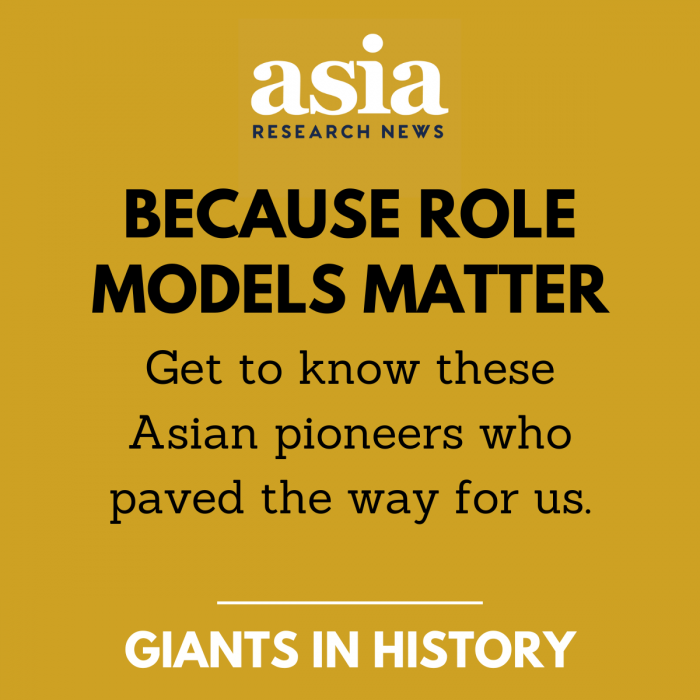“Lifestyle centers” originated in United States. Will a new-generation shopping mall become established in Japan?
Tomoo Noguchi,
Professor, School of Social Sciences, Waseda University
ENCLOSED MALL AS A THING OF THE PAST
Around 2006, when I left for Stanford University as a visiting scholar, Japan experienced some special “events” that focus a spotlight on shopping centers. They are sequential openings of new shopping centers including “suburban shopping centers” by AEON mall and Diamond City (these two were merged in 2007), “urban sensitive shopping centers” such as Tokyo Midtown, Omotesando Hills, and “Ekinaka shopping centers (called “ecute”) by JR East Station Retailing.
With sophisticated interior and exterior as well as attractive tenant shops, these shopping centers succeeded to stimulate buying motives of Japanese consumers and to become established as fashionable and convenient commercial facility.
Most of these shopping centers are box type facilities where many tenant shops are enclosed as a whole with a big roof of one building, called “enclosed malls” in United States. Now in the United States, however, enclosed malls of “cookie-cutter” style are regarded as a thing of the past, while open-air shopping centers without roof are enjoying popularity.
TYPICAL OPEN-AIR TYPE SHOPPING CENTER
One representative of open-air type shopping centers is a lifestyle center. In general, a lifestyle center is a congregate facility of free standing shops without any special anchor tenant. It features elaborate building complex, beautiful landscape including boardwalks and fountains, entertainment facilities including cinema complex and selected restaurants, and parking lots just in front of tenant shops for convenient shopping. A lifestyle center is not just a place where people come to buy goods, but a place where people stay for an extended period of time to enjoy their own life (lifestyle).
The history of a congregate style shopping center can go back to some decades ago. Country Club Plaza, opening in Kansas City, Missouri in 1922 and being the oldest shopping center in the United States, is an open-air style facility. Actually this is an outstanding lifestyle center which provides more than 120 retail shops adopting Spanish architecture as well as arts and fountains of European taste, leading to continued high popularity.
However, lifestyle centers, a key player among the current shopping centers in the Unites States, are products of “New Wave” generated in the 1990’s, when consumers were leaving ticky-tacky regional shopping centers which are representative of enclosed malls. Though lifestyle centers are statistically found in less than 200 areas only, the number of them is increasing because most of new developments assume this style.
Now, lifestyle centers demonstrate a clear tendency toward diversification. Development vectors are separated into various models. For example, “authentic tradition oriented” model as found in the town square in Las Vegas, California, where traditional architecture styles all over the world are incorporated into buildings, “amenity oriented” model as found in The Americana at Brand in Glendale, California, where a massive fountain square and facility for relaxation are provided, and “miniature city oriented” model as found in The Domain in Austin, Texas, where retail tenants, restaurants, offices, residences, and even hotels are located in one site of as large as 700,000 square feet for so-called synergy.
EXPECTATION FOR FULL-SCALE PREVALENCE IN JAPAN
Following in the footsteps of the United States, Japan seems to gradually challenge lifestyle centers. However, full-scale American lifestyle centers have not emerged yet. Despite different opinions, I expect lifestyle centers are also increasing in Japan.
In spite of the depressed state of the economy, Japan has a considerable number of wealthy people who establish and respect their own life style. Further more people are adhering to slow life and naturalism recently. That is, an increased number of people want to spend quality time while enjoying spacious landscape in the bright sunshine.
I believe lifestyle centers can provide the best relaxation space for such people.
------------------------------------------------------------------------------------------------------
Tomoo Noguchi,
Professor, School of Social Sciences, Waseda University
Profile and main works
The author is now a professor at School of Social Sciences, Waseda University. He got Ph. D at Graduate School of Commerce and Management, Hitotsubashi University in 1984. Following an associate professor at Yokohama City University, he was appointed an associate professor at Waseda University in 1992, and promoted to the current position in 1993. For a period from March 2006 to March 2008, he mainly studied American commerce as visiting scholar at Economics Department, Stanford University. His main works include “Distribution, Mega-battle” (Nikkei Publishing Inc.), “The Revolution of I Type Distribution” (Kodansha Ltd.), and “PB strategy in an era of price destruction” (Nikkei Publishing Inc.).
--------------------------------------------------------------------------------------------------------
【Copyright Notice】
All of the articles, images, photographs and other content displayed above are owned by Waseda University. Permission to reproduce any content is subject to the following Terms of Use.
Terms of Use
◆ Content may not be used in a manner that may harm the honor or reputation of Waseda University.
◆ When reproducing any content, you must request permission by notifying the Office of Information and Public Relations of Waseda University through e-mail ([email protected]) and indicate the title of the media and intended date of reproduction. Unauthorized reproduction is strictly prohibited.
◆ Please cite clearly the source of content at the end of each article using the following format (Source: Research SEA yyyy/mm/dd).
◆ Content may not be altered or modified in any way. Manipulation of photographs is strictly forbidden. Use of quotations as protected under copyright law is limited to summarization or quotation of the main point.
◆ Use of content is protected under the copyright law. Any claims or disputes, privacy issues, or other matters related to copyrighted content not owned or controlled by Waseda University becomes the sole responsibility of the user.


